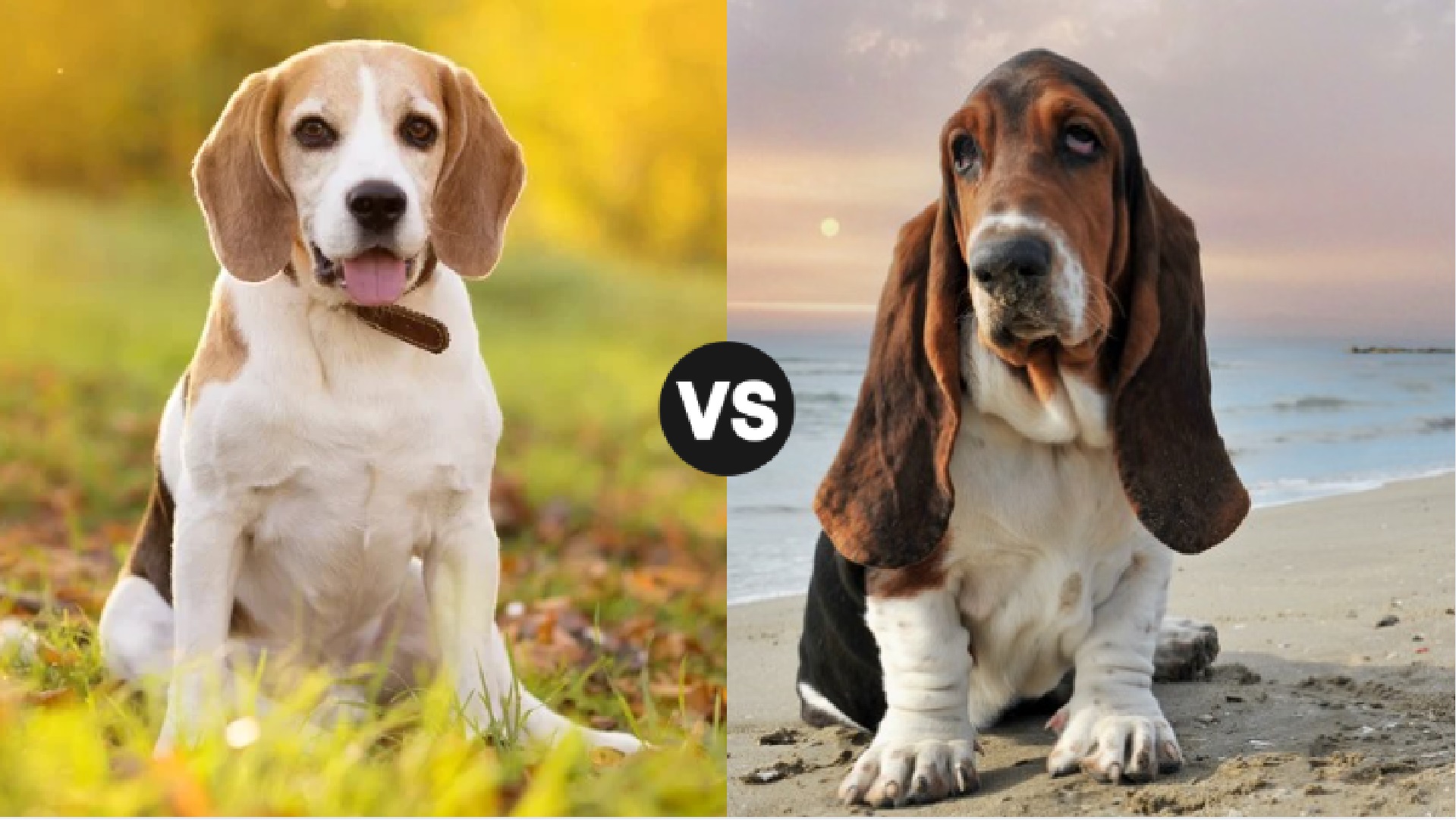Ever find yourself stuck choosing between two floppy-eared detectives? You’re not alone.
The Beagle and the Basset Hound are like the Sherlock Holmes and Hercule Poirot of the dog world—both masters of the sniffing arts, but with wildly different vibes. One’s a bouncy go-getter, the other’s a laid-back soul with a nose longer than your weekend to-do list.
In this side-by-side breed comparison, we’re diving into everything that sets these lovable hounds apart—from their history and personality quirks to their grooming needs and training styles.
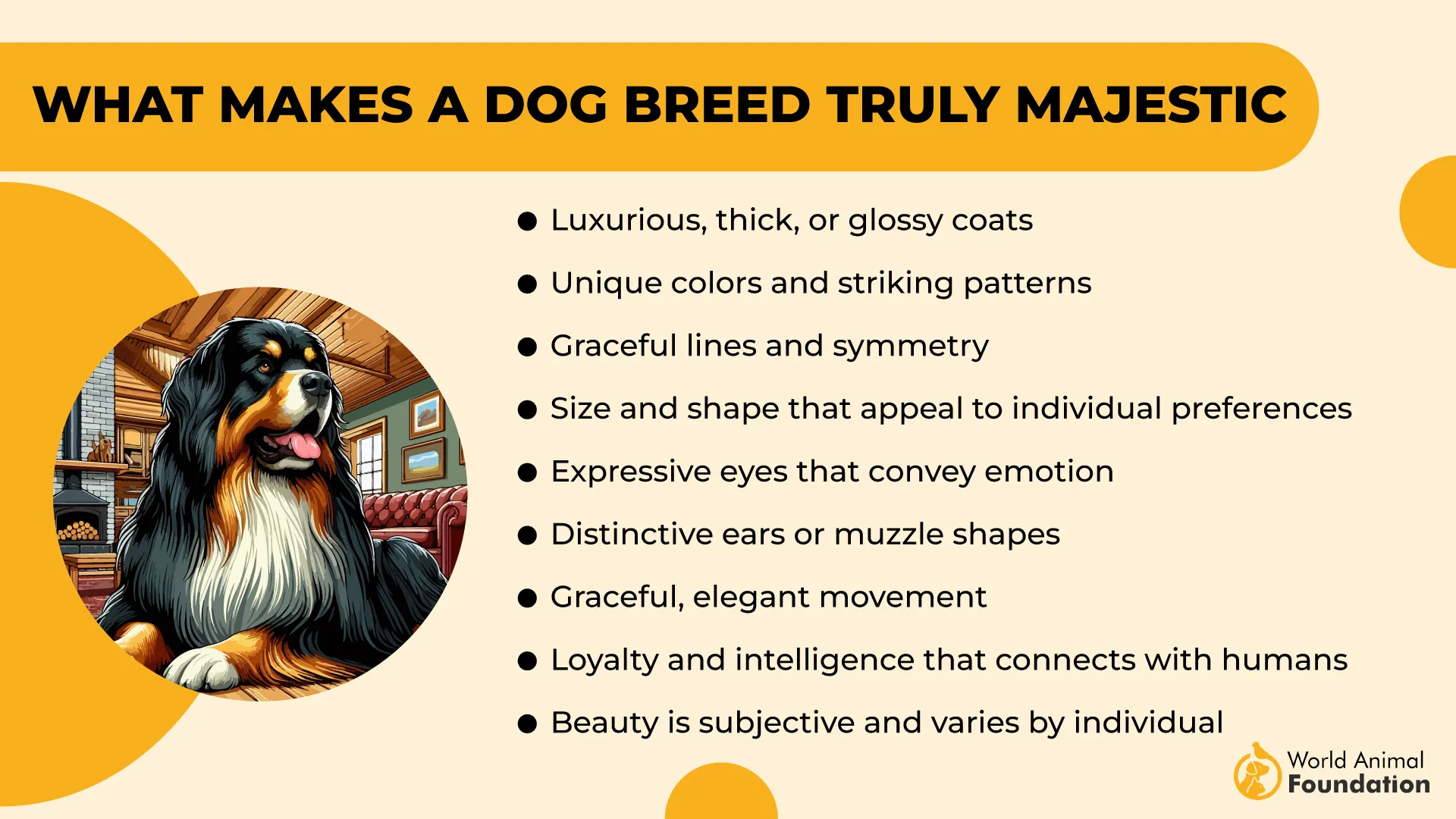
Whether you’re looking for a jogging buddy who’ll never ignore a squirrel (hint: Beagle) or a couch potato with dramatic flair and a baritone howl (hello, Basset), we’ve got the facts to help you decide.
By the end, you’ll know which one’s more family-friendly, which one might redecorate your flower beds, and which one’s best for your lifestyle. Let’s sniff out the differences and find your perfect match!
Beagle vs. Basset Hound
Physical Appearance: Beagle vs. Basset Hound
Let’s be honest: These two scent hounds may both come from the sniff-and-search club, but their physical vibes couldn’t be more different—think athletic sprinter vs. laid-back lounge champion.
Beagle:
The Beagle’s roots go way back to ancient Greece, but the breed as we know it was developed in England in the 1800s. Originally bred for hunting hare (a sport called “beagling”), these compact sniffers were perfect for tracking small game over rough terrain, without scaring it away. No wonder that for years, the Beagle has held its place as the most popular hound dog among American pet owners, according to the AKC.

Appearance:
Size: 13 to 15 inches tall
Weight: 20–30 pounds
Ears: Long-ish and floppy, but nothing dramatic
Build: Lean, muscular, and agile—like a personal trainer with floppy ears
Eyes: Big, brown, and melting with mischief
Coat: Short, smooth, and usually tricolored (black, tan, white) or lemon and white
Beagles are built for speed and stamina, with a cheerful bounce in their step and a tail that’s always up like a little white flag. They look like they’re always ready for an adventure—or for stealing your sandwich when you’re not looking.
Basset Hound:
Bred in France by monks (yes, really!), the Basset Hound was created for slow but steady ground tracking, specifically for rabbit and deer hunting. “Basset” comes from the French word bas, meaning “low,” and that’s exactly what they are: low to the ground and proud of it, says PetMD.
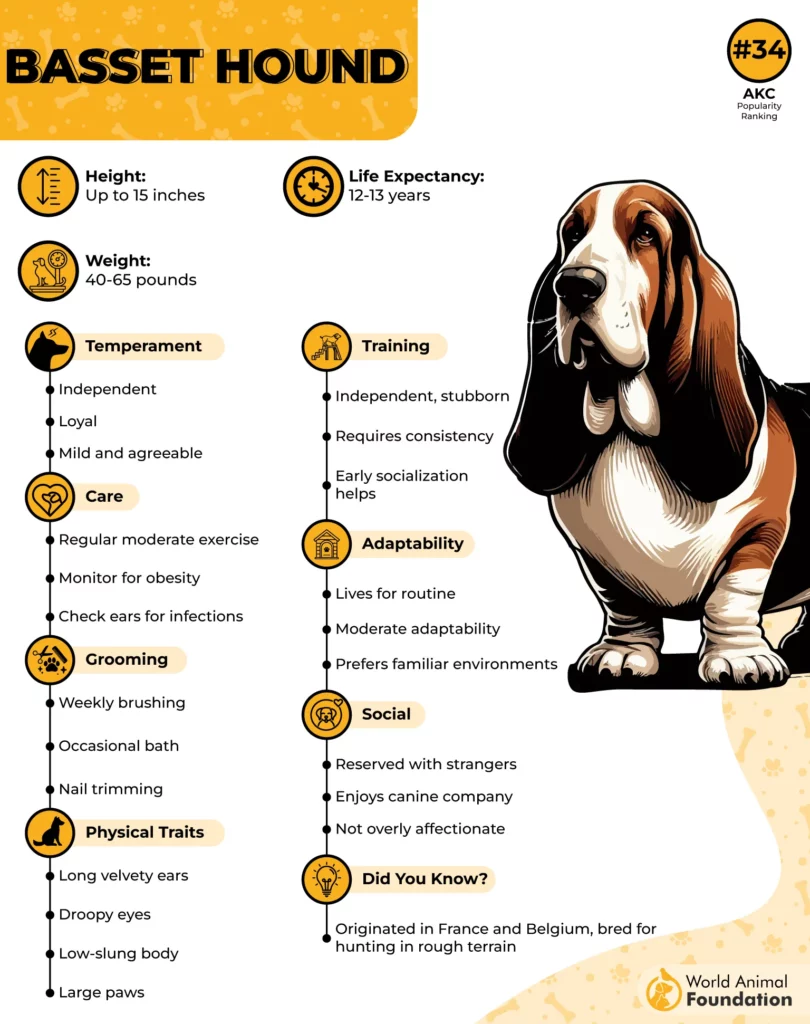
Appearance:
Size: About 15 inches tall (yes, really)
Weight: 40–65 pounds (surprisingly hefty!)
Ears: Comically long and velvety—basically built-in dusters
Build: Long body, short legs, and enough wrinkles to outdo a bulldog
Eyes: Droopy, soulful, and permanently asking, “Why did you leave me?”
Coat: Smooth and short, often in tricolor or bicolor patterns
The Basset’s entire body is designed to be a scent-tracking machine—from those dragging ears that stir up scent particles to the loose skin that traps smells. But with those stubby legs, Basset Hounds tend to move like a furry loaf of bread. And we love them for it.
Temperament and Personality Traits
Choosing a dog isn’t just about cuteness—it’s about chemistry. So let’s talk about who these pups really are on the inside: from energy levels to quirks, and how they vibe with humans, families, and furniture.
Beagle:
If Beagles were people, they’d be the extroverted kid at school who gets along with everyone, and also ends up in detention for climbing the fence to chase squirrels.

Personality: Outgoing, friendly, curious
Sociability: Loves people, other dogs, and anyone with snacks
Intelligence: Very smart… but with selective hearing
Training: Can learn anything, if they’re in the mood (aka, bribed with treats). According to PetMD, training is a must for Beagles, and thanks to their sharp minds, they tend to pick up commands quickly, especially when treats are involved!
Quirks: Prone to wandering off nose-first if off-leash
Beagles are lively, loyal, and delightfully vocal. That “aroo” howl? They’ll use it to narrate your life—and alert the entire neighborhood when the mailman arrives.
Basset Hound:
Basset Hounds are old souls in droopy suits. They may not bounce around like a Beagle, but their charm lies in their chilled-out vibe and deep, thoughtful stares.
Personality: Gentle, affectionate, stubborn
Sociability: Devoted to family, may be aloof with strangers
Intelligence: Clever, but would rather not do your silly tricks
Training: Needs patience and positive reinforcement (and sometimes a bribe… or three)
Quirks: Can turn into 60 pounds of emotional guilt if left alone too long
Bassets are calm, loyal couch potatoes—until they catch a whiff of something interesting, then suddenly they’re detective Sherlock Droolmes.
Coat Type and Texture Differences
Behind every wagging tail is a body that needs care. While both breeds can live happy, long lives, their unique shapes and lifestyles come with certain health quirks every future owner should know.
Beagle:
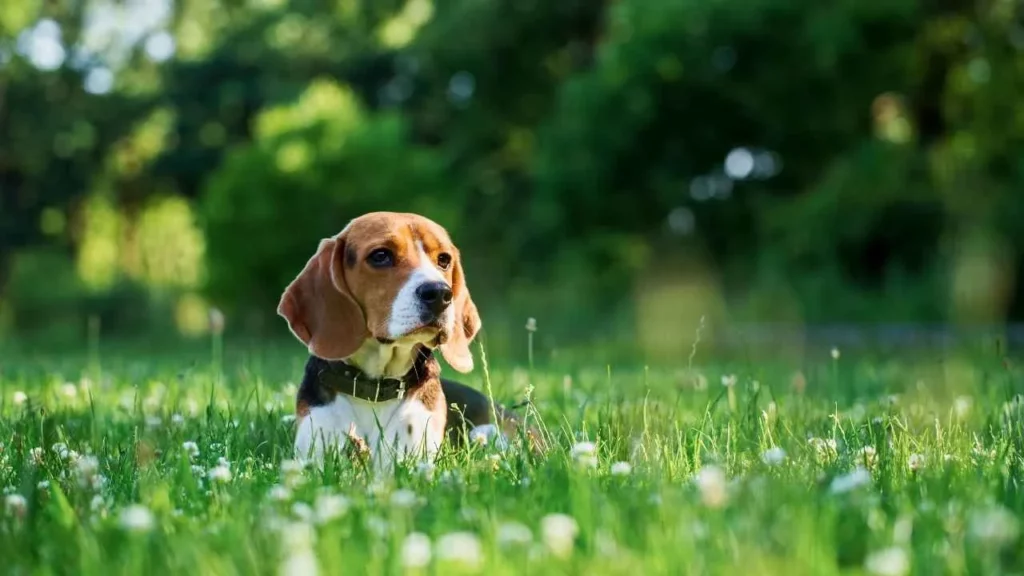
Type: Short, dense, and weather-resistant
Texture: Smooth to the touch, sleek but not silky
Grooming Needs: Low maintenance—weekly brushing is enough
Shedding: Moderate year-round with seasonal “fluff explosions”
Beagles may be low-fuss, but they do shed. You’ll find their fur decorating your sofa like seasonal confetti—charming, really.
Basset Hound:

Type: Short and soft, slightly more oily than a Beagle’s
Texture: Velvety and dense with a noticeable “hound smell”
Grooming Needs: Needs more frequent brushing and wiping due to skin folds and oiliness
Shedding: Moderate to heavy, especially around those majestic ears
Bassets also have the added joy of drool and the classic “doggy odor” thanks to their skin folds and oilier coats. You won’t just groom a Basset—you’ll detail them like a vintage car.
Health Concerns and Lifespan Overview
Behind every wagging tail is a body that needs care. While both breeds can live happy, long lives, their unique shapes and lifestyles come with certain health quirks every future owner should know.
Beagle:
Average Lifespan: 12 to 15 years
Beagles are generally healthy, but like that one friend who eats everything and then wonders why their stomach hurts, they can have a few dietary and health hiccups.
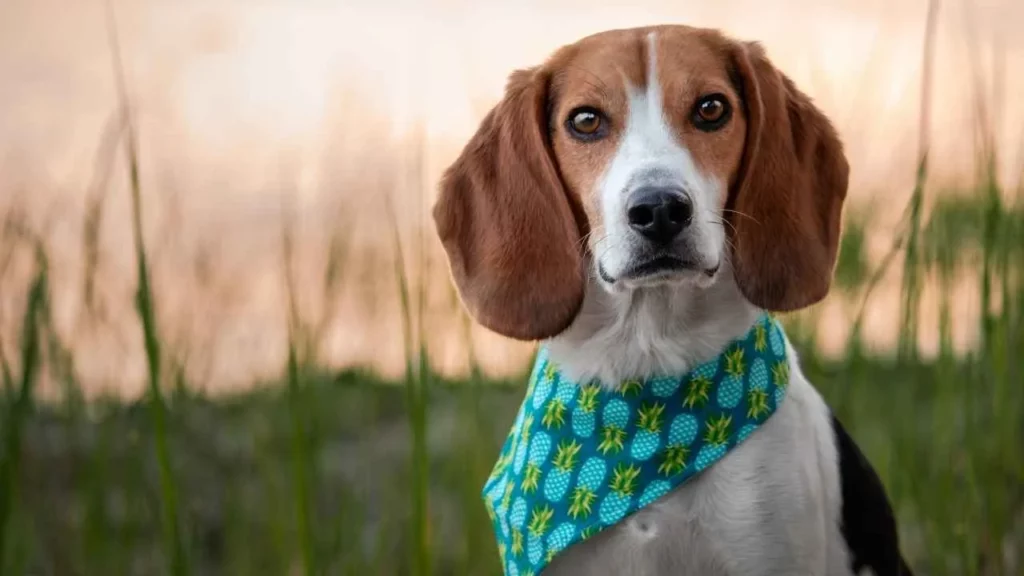
Certain Health Issues:
Obesity (they’ll eat your dinner and the napkin)
Hip dysplasia
Hypothyroidism
Epilepsy
Ear infections (those floppy ears trap moisture and dirt)
Beagles often live long, active lives, but keeping them fit and slim is key. Skip the second cookie; offer belly rubs instead.
Basset Hound:
Lifespan: 10 to 12 years
Bassets are charmingly built like sausage rolls with legs, but their unique design comes with a few mechanical issues.

Common Health Issues:
Intervertebral disc disease (IVDD)—long backs, short legs = spinal risk
Ear infections (ear canals as long as an audiobook)
Bloat (serious and life-threatening)
Obesity (a bored Basset is a snack-seeking missile)
Eye issues like entropion and ectropion
Bassets may not live as long as Beagles, but with regular vet care, a solid diet, and gentle exercise, they’ll be happy and hound-y well into their senior years.
Energy Levels and Activity Needs
Whether you’re an early morning jogger or a Netflix-on-the-couch type, matching a dog’s energy level to your own lifestyle is crucial. Let’s see how the Beagle’s zoomies stack up against the Basset Hound’s slow-mo swagger.
Beagle:
Beagles have the energy of a pinball—bouncing off walls, furniture, and occasionally your patience. These dogs were bred to run, sniff, and explore nonstop.
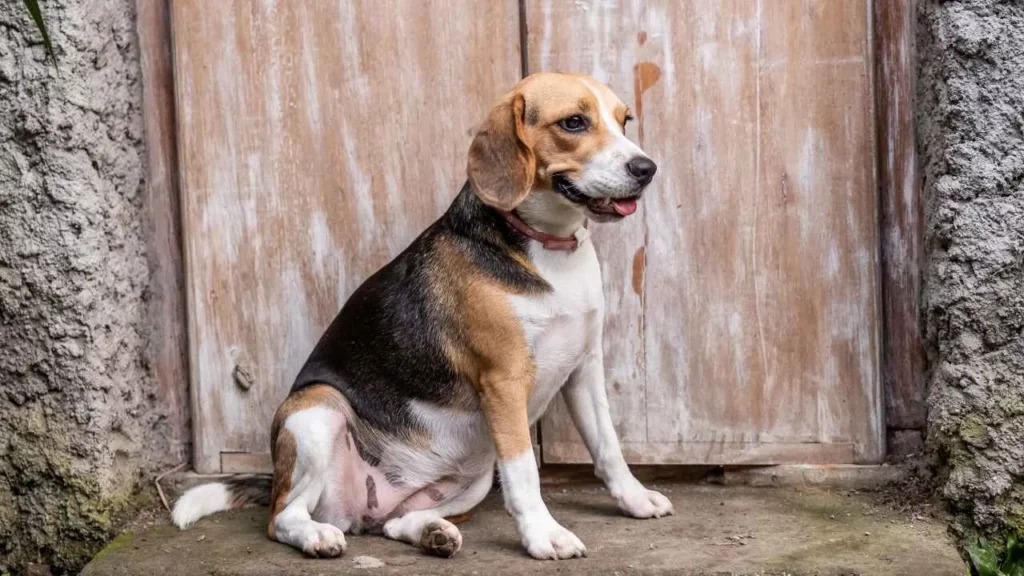
Activity Level: High
Ideal Exercise: Daily walks (long ones!), fetch, sniff-based games, agility
Warning: A bored Beagle will turn your living room into a scavenger hunt disaster
Pro Tip: Mental stimulation is just as important as physical—puzzle toys are your best friend
If you’re active and don’t mind frequent “Where’s the dog?” moments, the Beagle’s your vibe.
Basset Hound:
Despite their hunting heritage, modern Bassets are more into comfort than cardio. They can run, but would rather nap dramatically on your clean laundry.
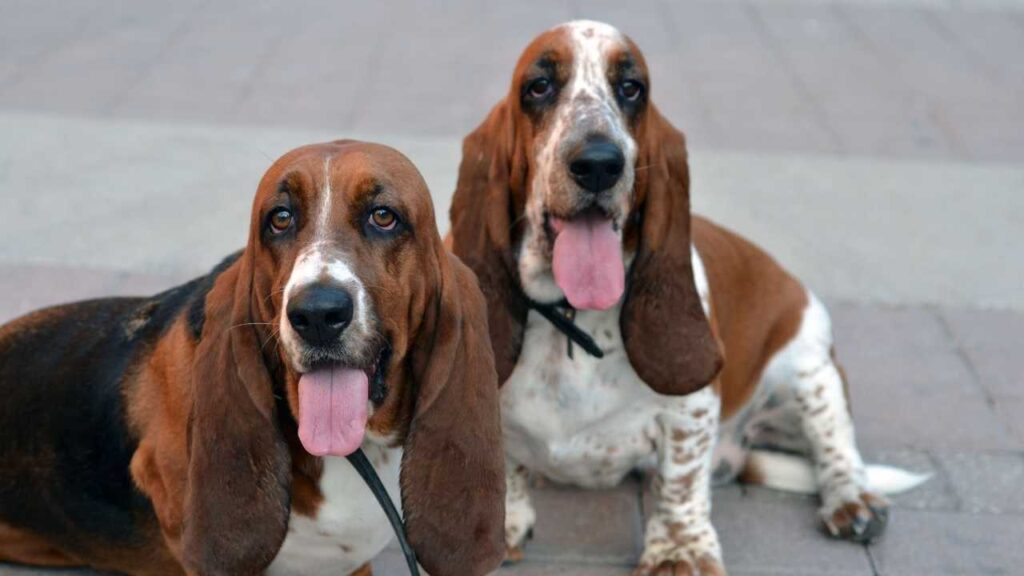
Activity Level: Low to moderate
Ideal Exercise: Leisurely sniff-walks, play sessions, a quick chase if there’s food involved
Warning: Prone to weight gain, so daily movement is a must—even if they give you that face
Pro Tip: Don’t over-exercise them due to joint/back sensitivity. Short, regular outings work best.
If you’re more chill and like your walks slow and smell-filled, a Basset might be your spirit animal.
Tendency to Bark and Overall Noise Levels
Some dogs speak softly, others come with a built-in megaphone. If you’re wondering who’s the loudmouth between the Beagle and the Basset Hound, we’ve got your noise-level forecast right here.
Beagle:
Beagles do not believe in silent treatment. In fact, they’re more like furry narrators who feel it’s their duty to announce every bird, squirrel, mailman, suspicious leaf, or change in wind direction.
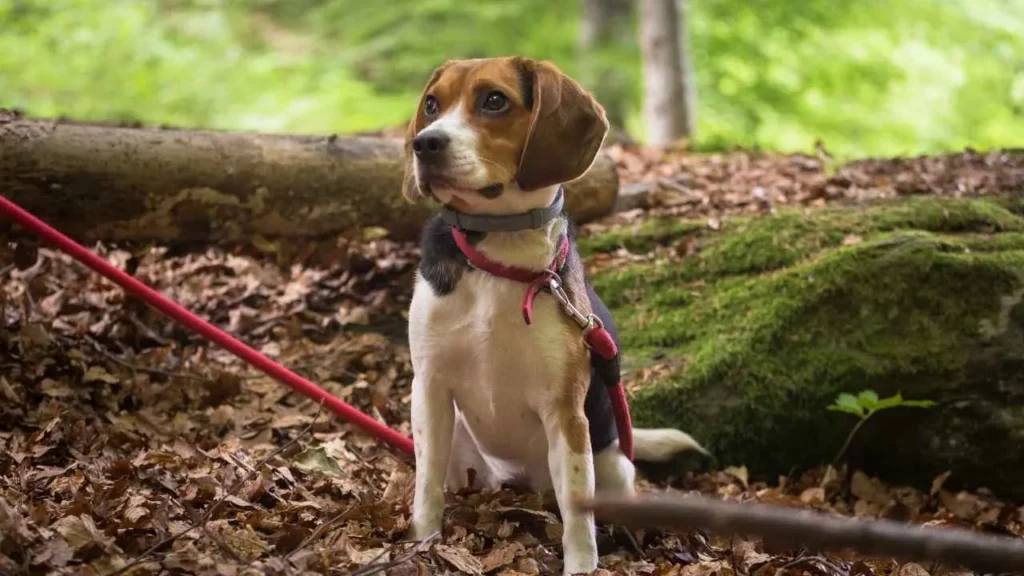
Tendency to Bark: High
Types of Sounds: Barks, howls, “bay”-ing (that signature Beagle wail), whining
Why They Bark:
Boredom
Separation anxiety
Attention-seeking
Scent excitement (“I smell something IMPORTANT!”)
Volume: Loud. Like, wake-the-whole-neighborhood loud
Trainability to Quiet Down: Possible—but takes patience, treats, and maybe a noise-canceling headset
Verdict: If you want a quiet house, the Beagle might test your limits. But if you love a little drama and constant canine commentary, this one’s a talkative companion with a golden heart.
Basset Hound:
Basset Hounds aren’t totally silent—they’re just selectively vocal. When they speak, it’s usually a slow, deep woof or a soulful bay that echoes like they’re singing the blues.
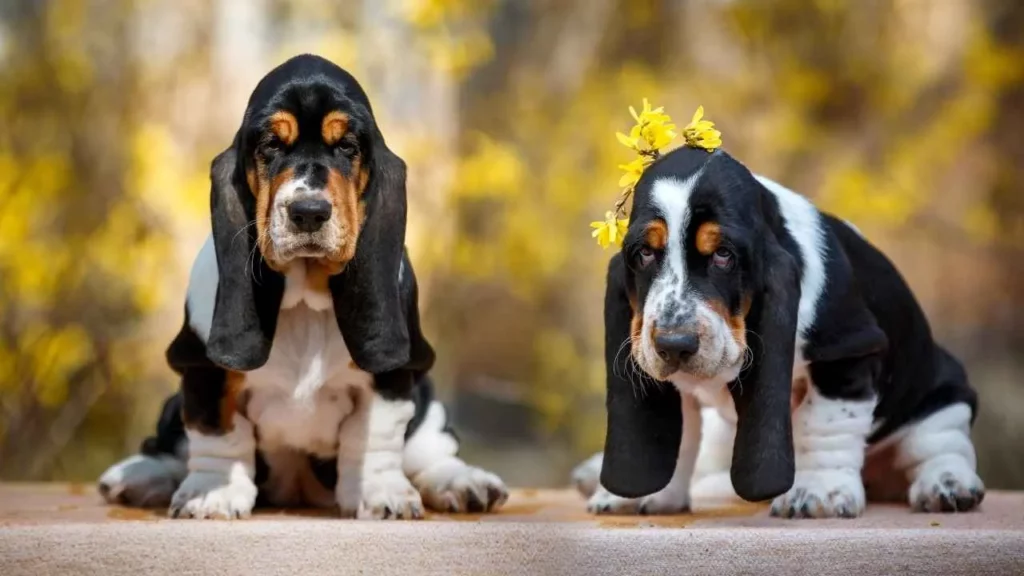
Tendency to Bark: Low to moderate
Types of Sounds: Deep barks, melodious howls, occasional groans of disapproval
Why They Bark:
When left alone too long (they’re clingy!)
When they catch a scent or see something weird
To voice existential questions, like why dinner is 3 minutes late
Volume: Deep and powerful—but less frequent than Beagles
Trainability to Quiet Down: Pretty good, especially if they’re getting their way
Verdict: They’re more of a “quality over quantity” barker—fewer noises, but with dramatic flair. You’ll mostly hear them when it matters (or when they just feel like it).
Conclusion
When it comes to choosing between the Beagle and the Basset Hound, both dog breeds make great family pets and get along well with children, other pets, and other dogs. Originally bred as scent hounds with strong tracking abilities, these hound dogs have a keen sense of smell and are known for their long ears and lovable temperaments. Beagles are more suited to an active lifestyle due to their high energy and exercise needs, while Basset Hounds, with their low-slung body, heavier bone structure, and muscular build, tend to be more laid-back.
However, both the Beagle and Basset Hound breeds benefit from regular ear cleaning, physical activity, and consistent training, especially since they can both show a stubborn streak. Owners who’ve owned Beagles or Basset should also be aware of certain health issues like Von Willebrand’s disease. In the end, whether you’re charmed by the Basset’s loose hairs and calm demeanor or the Beagle’s spirited enthusiasm, starting training early ensures these sturdy dogs from Great Britain thrive in your home.


